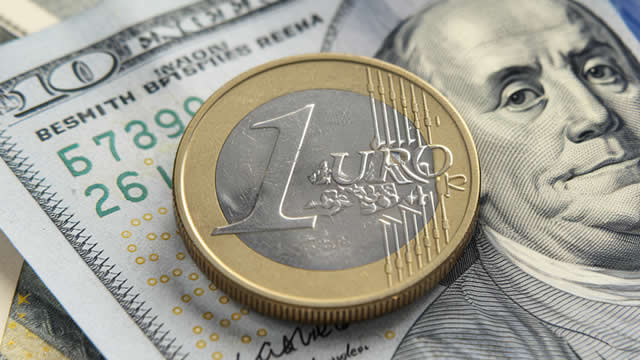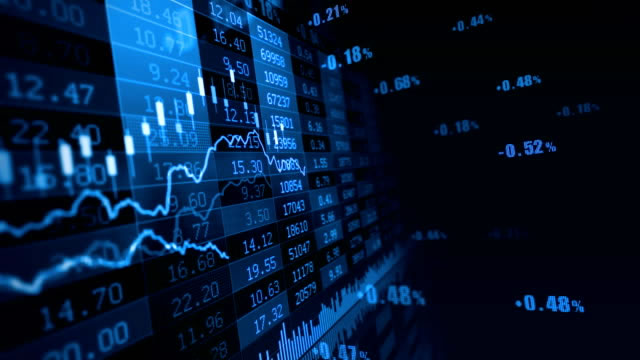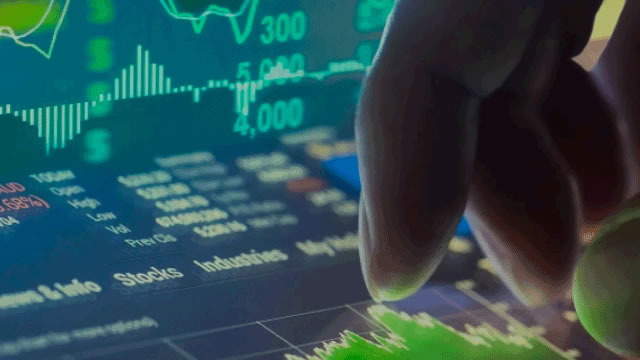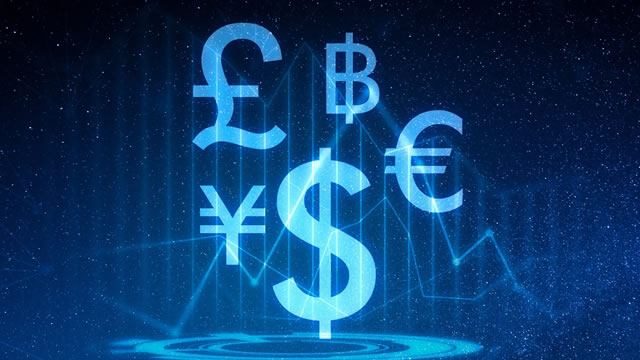The Gold Market: Navigating the $2,900 to $3,000 Range
Gold, the precious metal known for its luster and inherent value, has been making headlines lately as it hovers around the $2,900 to $3,000 range. This price point is significant for a few reasons, and it’s important for investors to understand what this means for the gold market and its potential future directions.
Gold’s Current Position: Strength Amidst Weakness
First things first: why is gold showing strength in this price range? The answer lies in the current state of the US Dollar Index (DXY). The DXY, a measure of the value of the US dollar against a basket of six major currencies, has been weak, making gold a more attractive investment for those looking to hedge against currency depreciation.
The US Dollar Index: A Key Player in the Gold Market
The US Dollar Index (DXY) is an important factor in the gold market for a few reasons. For one, gold is priced in US dollars, so when the dollar weakens, gold becomes a more attractive investment for those looking to protect their purchasing power. Additionally, a weak dollar can lead to inflation, which can further drive up gold prices.
But what does this mean for you, the investor? Let’s explore that next.
What This Means for You: Opportunities and Risks
If you’re an investor considering adding gold to your portfolio, this could be an opportune time to do so. With the precious metal showing strength in the $2,900 to $3,000 range and the US Dollar Index remaining weak, there’s potential for continued growth in the gold market.
However, it’s important to remember that investing in gold, like any other asset, comes with risks. Gold prices can be volatile, and there’s always the possibility of market fluctuations or unexpected events that could impact the price. It’s important to do your research and consider your investment goals and risk tolerance before making any decisions.
What This Means for the World: Global Implications
The gold market isn’t just important for individual investors; it also has global implications. Gold is often used as a hedge against economic instability and geopolitical tensions, and its price fluctuations can reflect broader trends in the global economy.
For example, if there’s economic uncertainty in a particular region, investors may turn to gold as a safe haven, driving up prices. Conversely, if there’s a sense of economic stability and growth, investors may be less inclined to buy gold, and prices may fall.
Looking Ahead: Gold’s Next Direction
So, what’s next for the gold market? It’s difficult to say for certain, but there are a few factors to keep an eye on. These include ongoing geopolitical tensions, economic indicators, and, of course, the US Dollar Index.
One thing is clear: gold is an important asset to watch, and its price movements can have far-reaching implications. Whether you’re an individual investor or a global market player, staying informed about the gold market is essential.
Conclusion: Gold: A Shining Opportunity
Gold’s current position in the $2,900 to $3,000 range is an interesting one, with the precious metal showing strength amidst a weak US Dollar Index. For investors, this could be an opportune time to consider adding gold to their portfolios. But it’s important to remember that, like any investment, there are risks involved. Stay informed, do your research, and consider your investment goals and risk tolerance before making any decisions.
And for the rest of the world, the gold market’s implications go beyond individual investments. Keep an eye on global economic trends, geopolitical tensions, and the US Dollar Index to stay informed about the direction of the gold market and its potential impact on the global economy.
- Gold is currently showing strength in the $2,900 to $3,000 range
- The US Dollar Index is weak, making gold an attractive investment
- Gold is priced in US dollars, so a weak dollar can lead to inflation and higher gold prices
- Investing in gold comes with risks, including market volatility and unexpected events
- The gold market has global implications, and its price movements can reflect broader trends in the global economy





